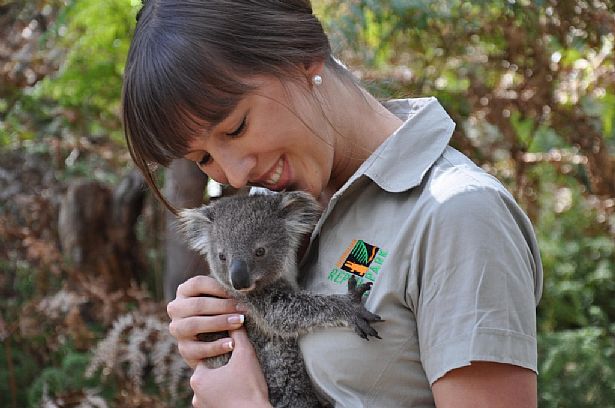News
September 7 Is National Threatened Species Day
In 1996, on the sixteen anniversary of the last Tasmanian tiger’s death, 7 September was declared “National Threatened Species Day” – a time to reflect on what happened to the thylacine and how similar fates could await other native Australian animals unless action on awareness is taken.
According to the Australian Government Department of Environment and Energy, Australia has 54 species that have become extinct, 69 critically endangered, 154 endangered, and 210 that are vulnerable.
Commenting on the need for awareness, Australian Reptile Park, Zoo Keeper Andrew Daly says, “Most people wouldn’t know that Australia has one of the worst animal extinction rates in the world, even those considered vulnerable are on a road to extinction unless awareness is raised.
“Koalas for example are only considered vulnerable by IUCN and the Australian Koala Foundation states there could be less than 80,000 remaining today in the wild and possibly as few as 43,000 which by IUCN status would actually declare them to be endangered. If this rate of decline continues then the koala is at risk of extinction.”
The koala is a globally recognised symbol of Australia and the second most recognised animal in the world after the Giant Panda, yet populations of our national icon are declining rapidly.
Many of Australia’s koalas live outside of protected areas and there is no national conservation reserve set aside to ensure the species long-term survival. By contrast, China has established a national park covering one million hectares of bamboo forest to protect their pandas.
“Habitat loss and fragmentation due to land clearing and urban development, has already resulted in koalas disappearing, added Andrew.
“Most of the remaining high quality koala habitat lies in state forests and on private land where clearing of native vegetation and logging is leading to the removal of vital food and habitat trees. If nothing is done to protect and reconnect koala habitat, population declines will continue unabated and extinction is sadly inevitable. The best chance we have of securing the koala and many other species future is public awareness.”
This article archived 7 Nov 2016
Recent News
What's New
See also:
News Menu:
Manly & Northern Beaches Information
- What's New
- Special Offers
- Shopping Showcase
- Weather Forecast
- Local Map
- Videos & Photos
- News
- Facebook Directory
Manly & Northern Beaches Businesses
- Business Search
- Business Classifieds
- Real Estate
- Education
- Wedding Services
- Functions & Conferences
- Community
- Health, Sport & Fitness
- Transport & Travel














Manly Australia Social Pages